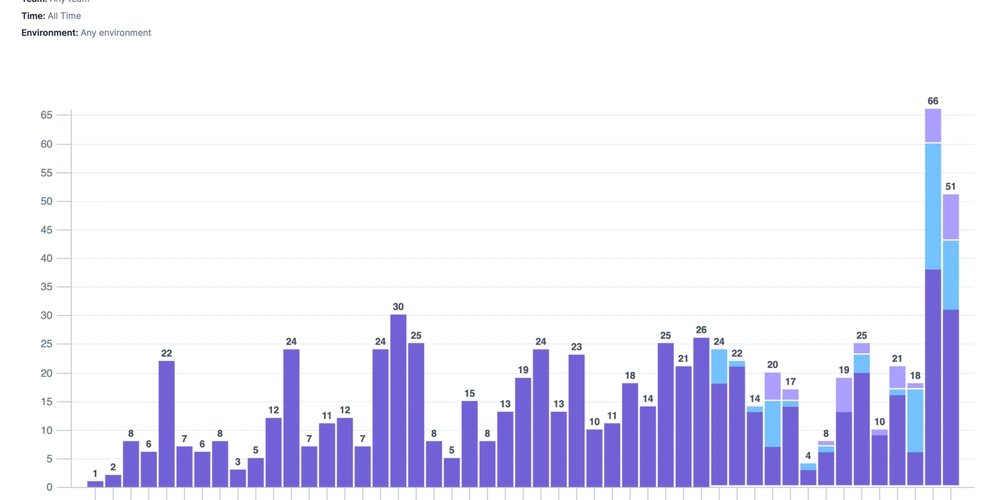Proactive Phishing Defense – CISO’s Essential Guide
Phishing remains one of the most pervasive and damaging cyber threats, accounting for over 36% of data breaches globally. For Chief Information Security Officers (CISOs), the challenge lies in reacting to attacks and building a proactive defense strategy that mitigates risk before threats materialize. Modern phishing campaigns leverage AI-driven social engineering, polymorphic URLs, and hyper-personalized […] The post Proactive Phishing Defense – CISO’s Essential Guide appeared first on Cyber Security News.

Phishing remains one of the most pervasive and damaging cyber threats, accounting for over 36% of data breaches globally.
For Chief Information Security Officers (CISOs), the challenge lies in reacting to attacks and building a proactive defense strategy that mitigates risk before threats materialize.
Modern phishing campaigns leverage AI-driven social engineering, polymorphic URLs, and hyper-personalized lures, making traditional reactive measures insufficient.
This guide provides actionable insights for CISOs to shift from a detect-and-respond model to a preemptive, intelligence-driven approach.
Leaders can reduce breach likelihood by integrating advanced technologies, fostering organizational awareness, and aligning defenses with evolving attacker tactics while strengthening stakeholder trust.
The Human Firewall: Cultivating a Security-Aware Culture
No technical solution can fully compensate for human vulnerability. Phishing exploits cognitive biases curiosity, urgency, trust in authority—to bypass filters. A proactive CISO prioritizes transforming employees into informed defenders through continuous education.
For example, simulated phishing exercises tailored to departmental roles (e.g., finance teams targeted with invoice fraud scenarios) improve click-through rates by up to 52%.
Training must extend beyond identifying suspicious emails, including reporting protocols, deepfake detection, and secure communication verification.
Gamification, such as awarding “security champion” badges, sustains engagement. Leadership must model vigilance; a single executive clicking a malicious link can compromise entire networks.
Strategic Defense Layers: Technology and Process Integration
Advanced Email Filtering with AI Context Analysis
Next-generation email security tools now analyze linguistic patterns, sender history, and metadata (e.g., mismatched DNS records) rather than relying solely on blocklists. Solutions like Microsoft Defender for Office 365 use machine learning to flag anomalies in tone or attachment types, reducing false negatives by 40%.
Multi-Factor Authentication (MFA) and Conditional Access
Enforcing MFA for all cloud applications limits lateral movement post-breach. Adaptive policies can restrict access from unfamiliar locations or devices, adding friction for attackers.
Endpoint Detection and Response (EDR) with Automated Quarantine
EDR platforms equipped with behavioral analysis isolate compromised devices within seconds of phishing-related activity, preventing credential harvesting or ransomware deployment.
Incident Response Playbooks for Phishing-Specific Scenarios
Predefined workflows ensure rapid containment, including password resets, session revocation, and threat intelligence sharing with partners like ISACs.
Vendor Risk Management for Third-Party Vulnerabilities
Supply chain phishing attacks increased by 78% in 2023. Regular audits of vendor security practices and contractual obligations for email authentication (SPF, DKIM, DMARC) are critical.
Future-Proofing with Emerging Technologies
The arms race between attackers and defenders will intensify. CISOs must pilot innovative tools to stay ahead:
AI-Powered Deepfake Detection
Generative AI enables hyper-realistic voice and video phishing (vishing). Deploying algorithms that analyze pixel-level artifacts or voice cadence inconsistencies can identify synthetic media. For instance, NVIDIA’s Morpheus framework detects AI-generated text in emails with 94% accuracy.
Zero-Trust Architecture (ZTA) for Least-Privilege Access
ZTA minimizes the blast radius of phishing by segmenting networks and enforcing strict access controls. Continuous verification of user identity and device health ensures compromised credentials don’t grant access.
Adopting these technologies requires balancing cost, scalability, and user experience. Pilot programs should measure metrics like mean time to detect (MTTD) and user false-positive rates.
Additionally, collaborate with legal teams to address privacy concerns around monitoring tools. Finally, share anonymized phishing campaign data with industry groups to strengthen collective defense—a unified front reduces attackers’ ROI.
Proactive defense isn’t a one-time initiative but a mindset. By aligning technology, processes, and culture, CISOs can turn their organizations into moving targets, forcing adversaries to seek weaker prey.
Find this News Interesting! Follow us on Google News, LinkedIn, & X to Get Instant Updates!
The post Proactive Phishing Defense – CISO’s Essential Guide appeared first on Cyber Security News.

_Andreas_Prott_Alamy.jpg?width=1280&auto=webp&quality=80&disable=upscale#)
















































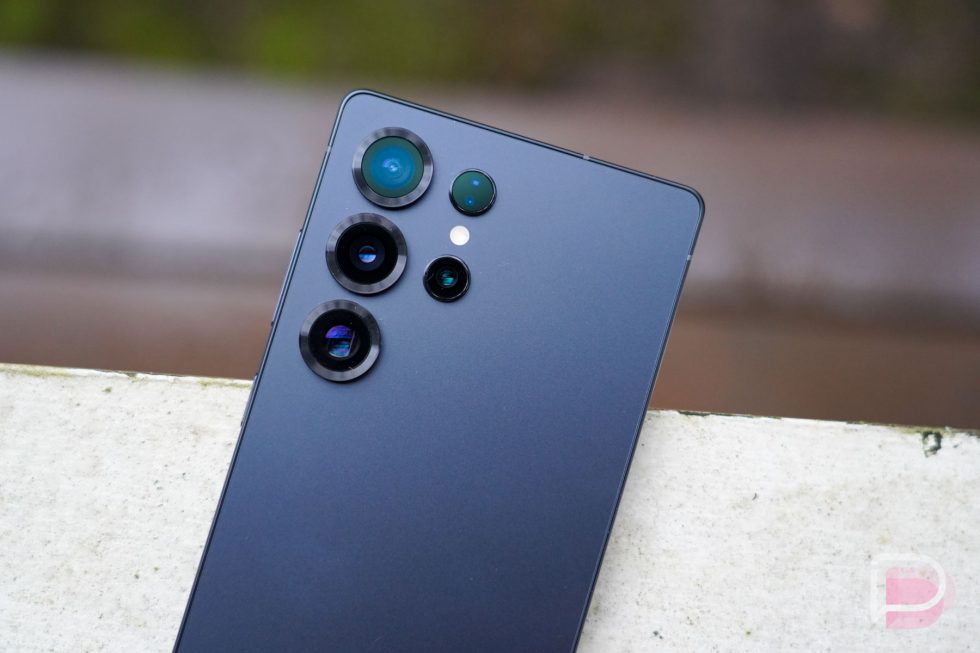





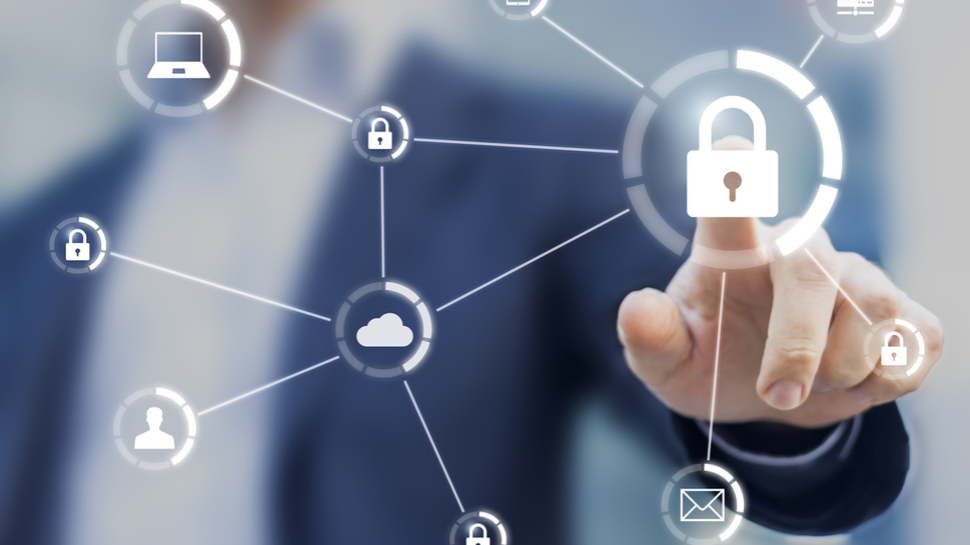

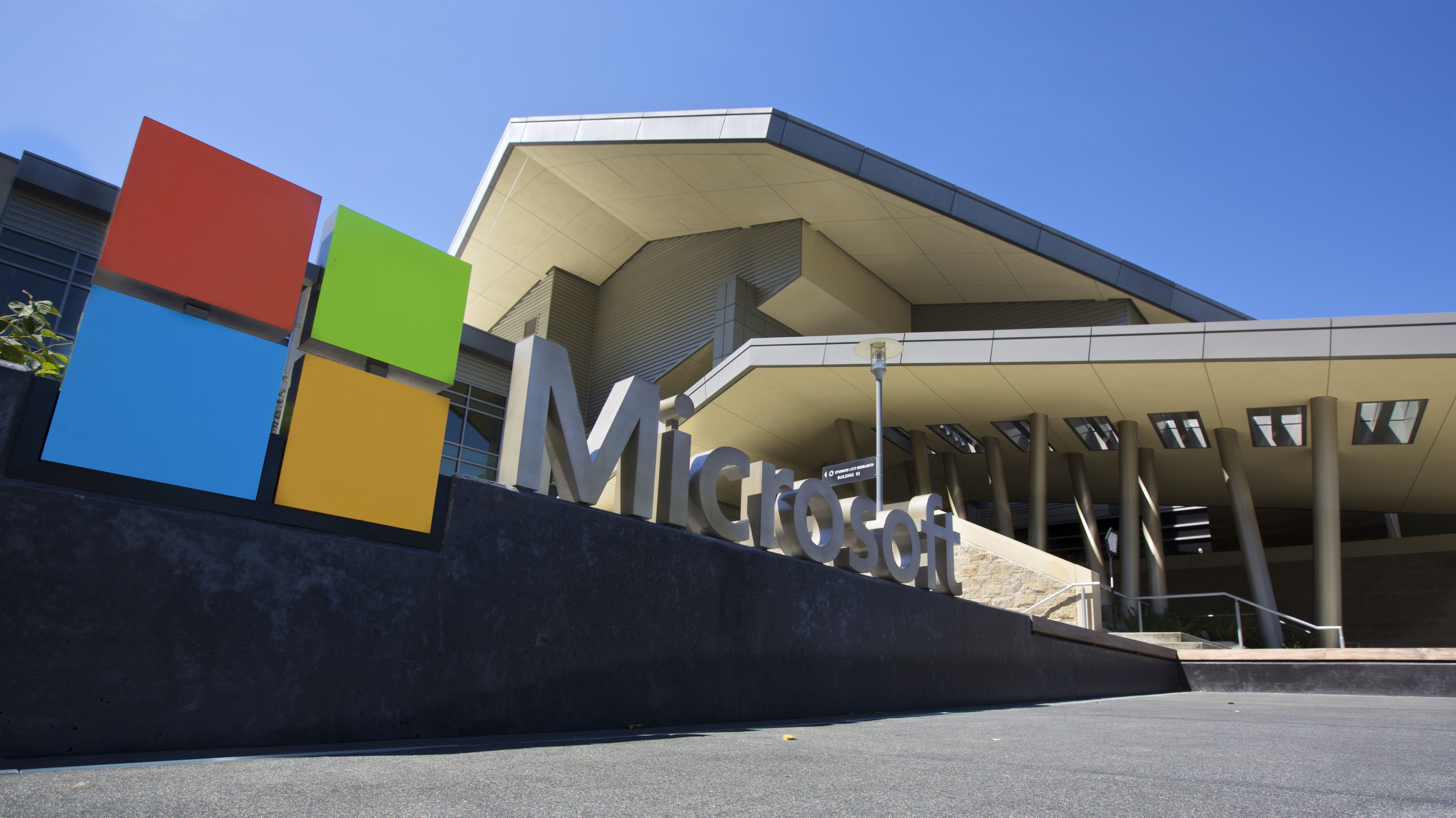
















![Apple Ships 55 Million iPhones, Claims Second Place in Q1 2025 Smartphone Market [Report]](https://www.iclarified.com/images/news/97185/97185/97185-640.jpg)

















![Google Home app fixes bug that repeatedly asked to ‘Set up Nest Cam features’ for Nest Hub Max [U]](https://i0.wp.com/9to5google.com/wp-content/uploads/sites/4/2022/08/youtube-premium-music-nest-hub-max.jpg?resize=1200%2C628&quality=82&strip=all&ssl=1)
![Severance-inspired keyboard could cost up to $699 – have your say [Video]](https://i0.wp.com/9to5mac.com/wp-content/uploads/sites/6/2025/05/Severance-inspired-keyboard-could-cost-up-to-699-%E2%80%93-have-your-say-Video.jpg?resize=1200%2C628&quality=82&strip=all&ssl=1)









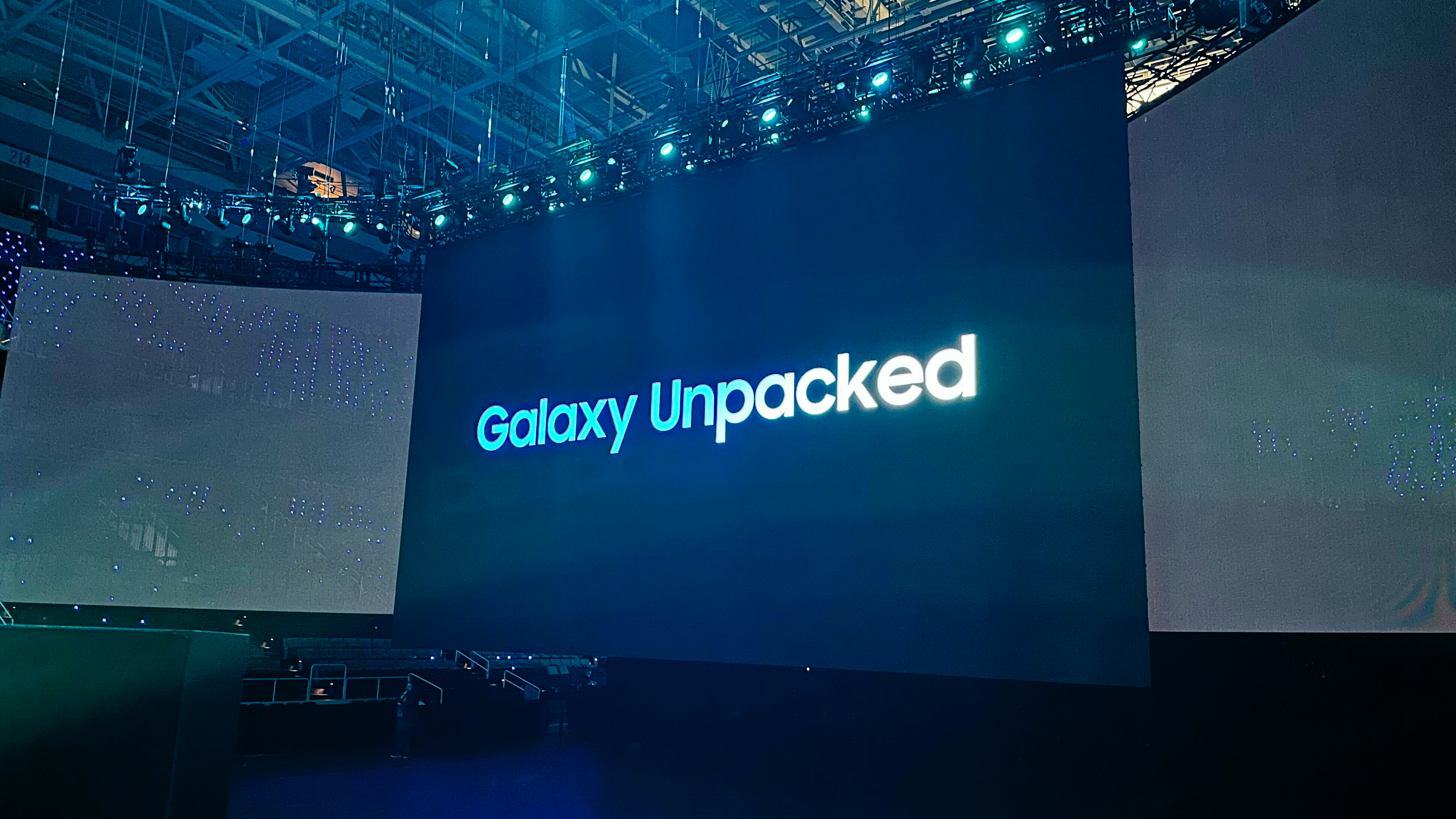
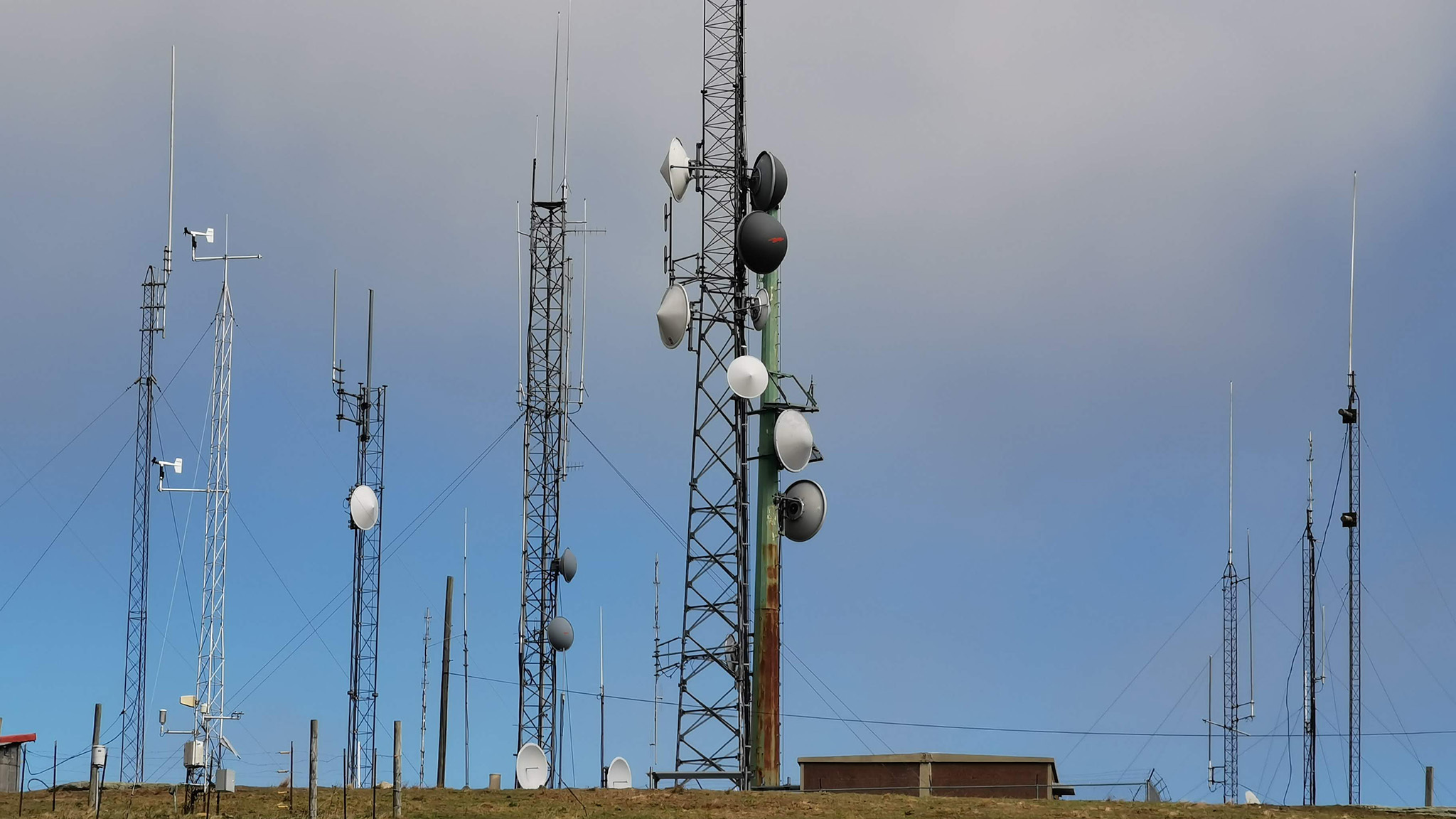


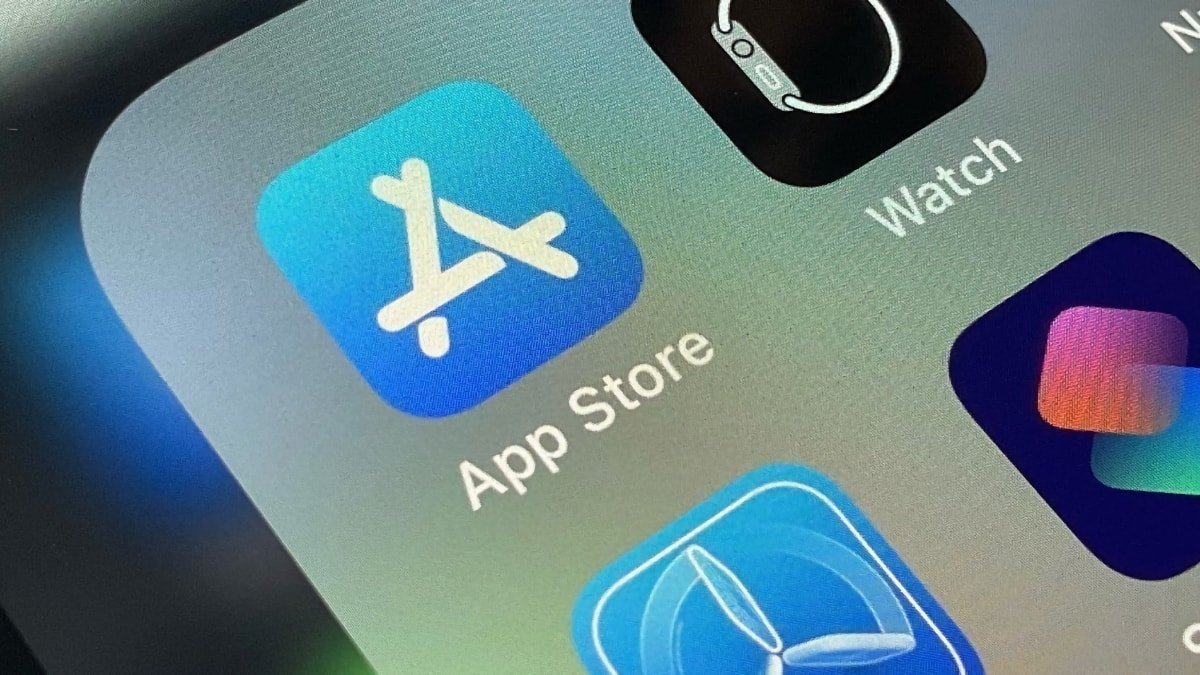




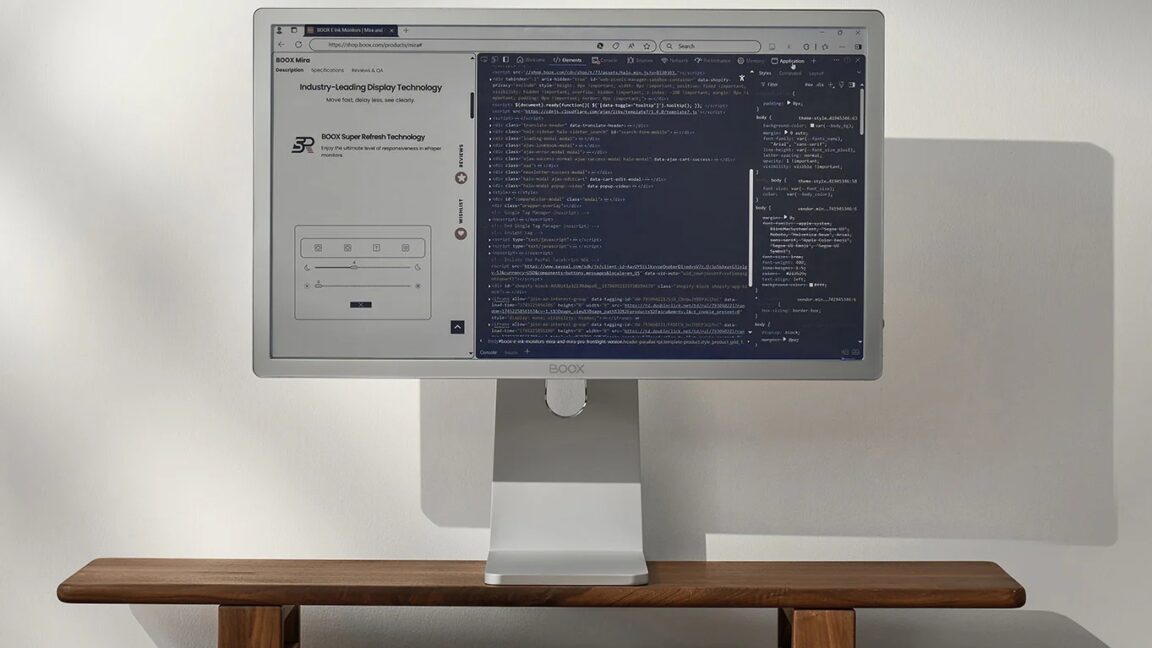


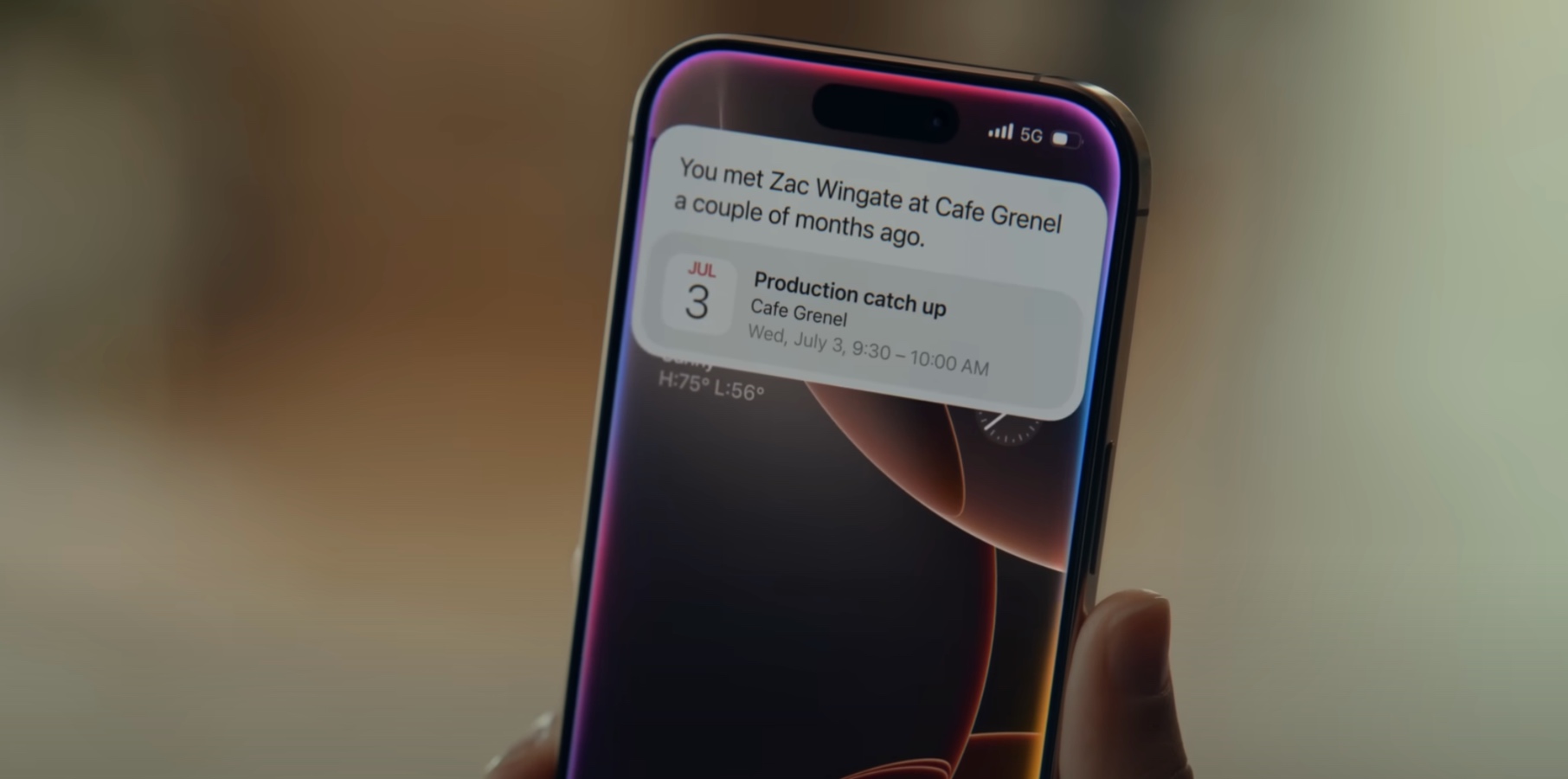





































































































































































































![[The AI Show Episode 145]: OpenAI Releases o3 and o4-mini, AI Is Causing “Quiet Layoffs,” Executive Order on Youth AI Education & GPT-4o’s Controversial Update](https://www.marketingaiinstitute.com/hubfs/ep%20145%20cover.png)
















































































































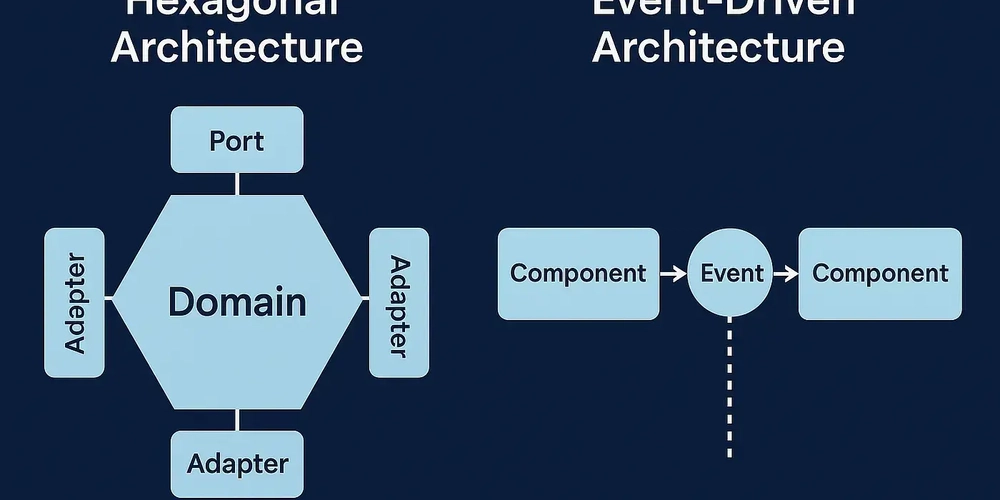















































![[DEALS] Mail Backup X Individual Edition: Lifetime Subscription (72% off) & Other Deals Up To 98% Off – Offers End Soon!](https://www.javacodegeeks.com/wp-content/uploads/2012/12/jcg-logo.jpg)





























































































.webp?#)


